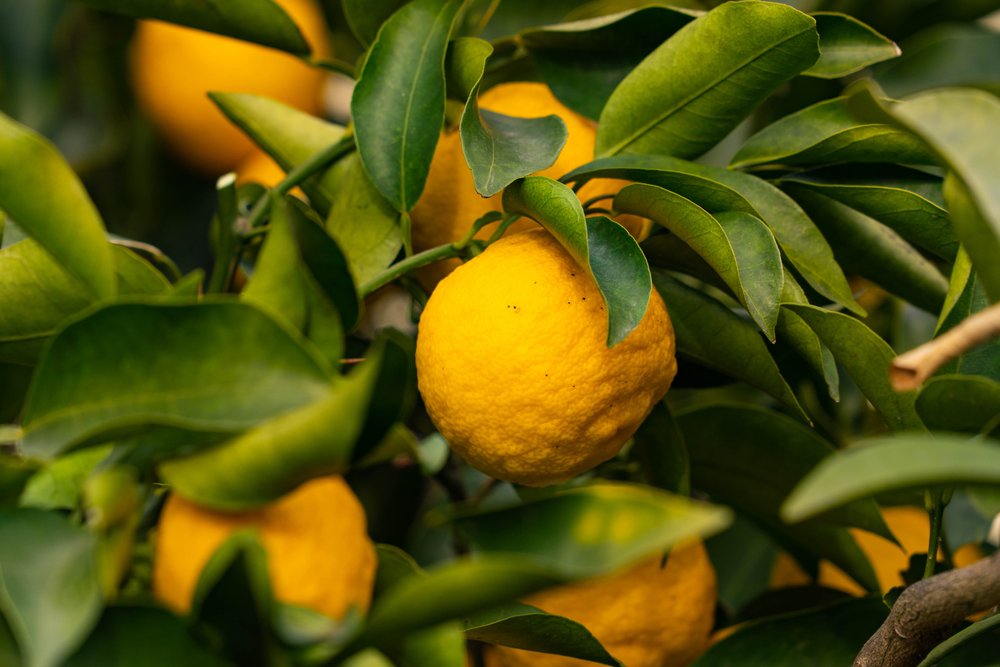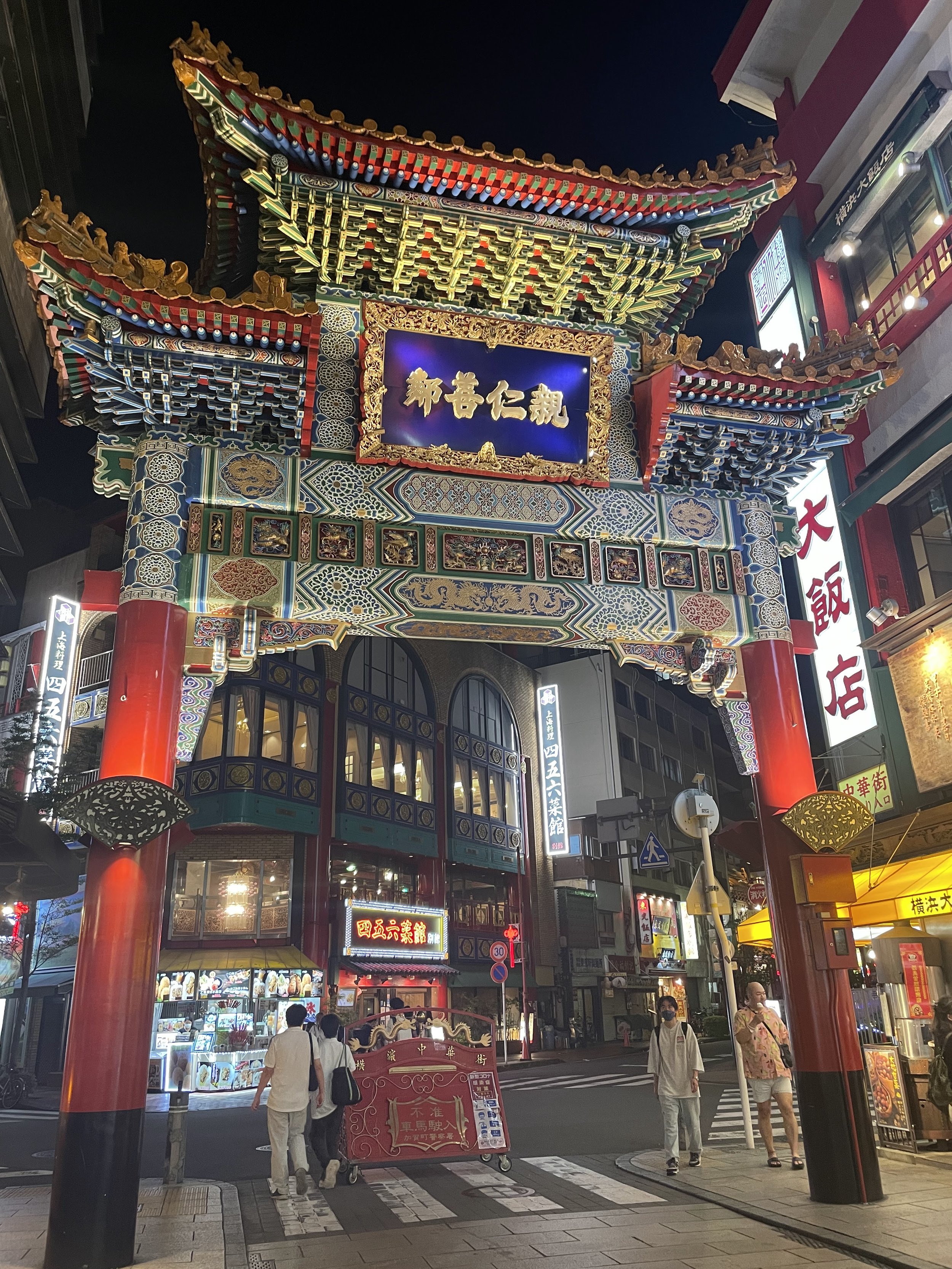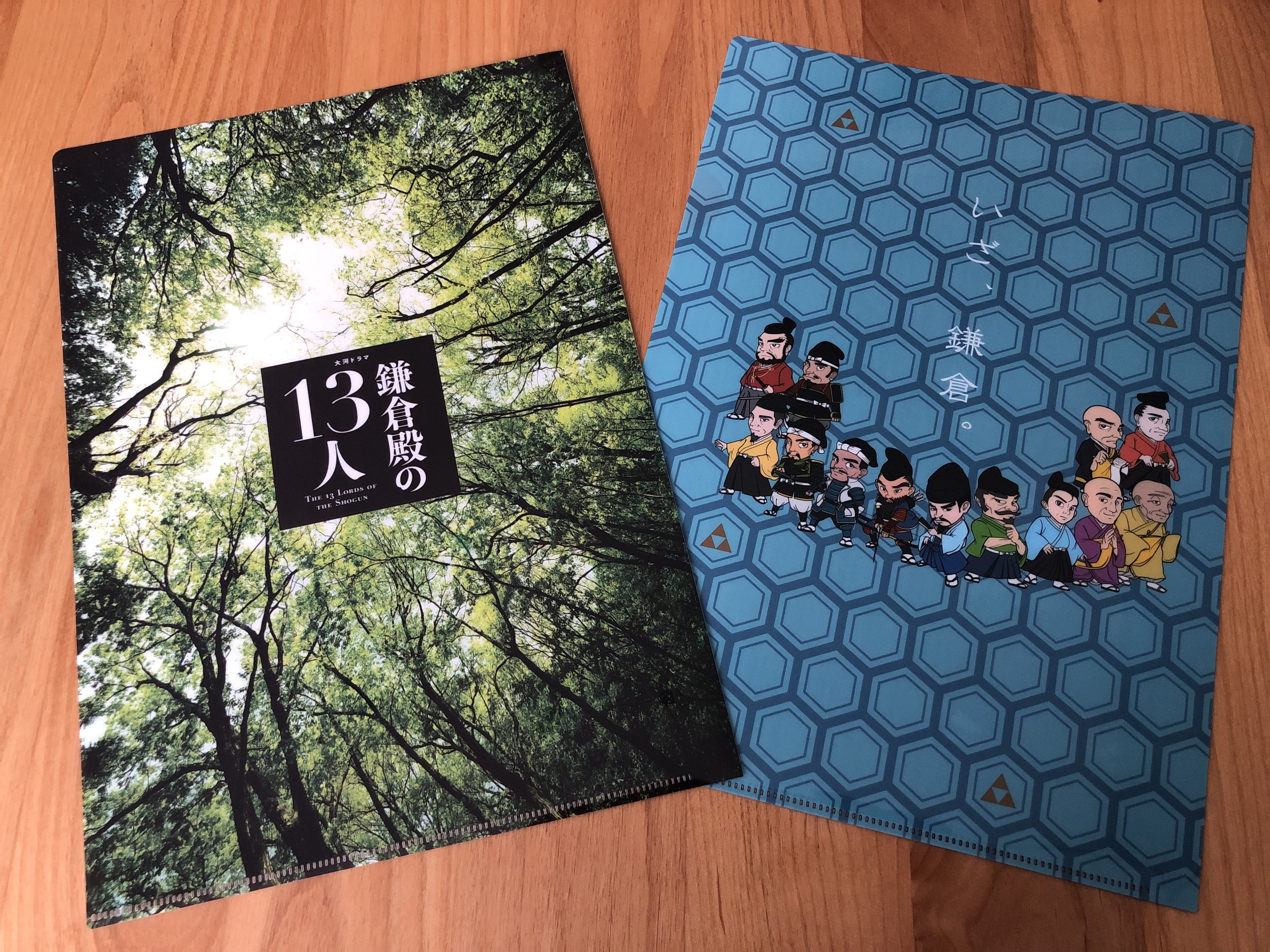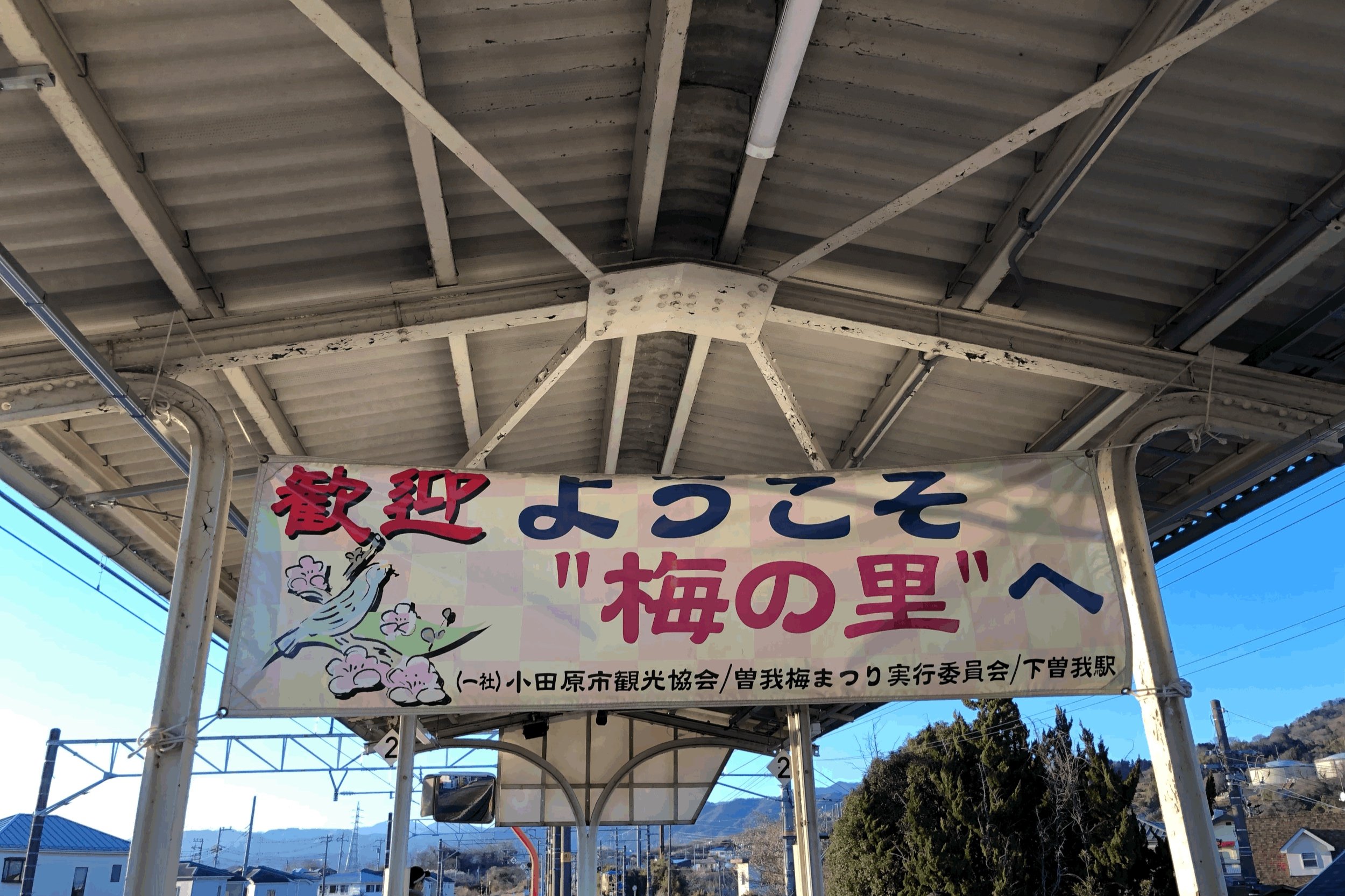Season’s Greetings from Japan!
The autumn season is characterized by rich harvests in almost every country in the northern hemisphere and I hope everyone enjoyed a delicious Thanksgiving surrounded by loved ones. The holiday must have been even sweeter after the Astros became the 2022 World Champions!
In Japan, food plays such an important role in everyday life, making the use of seasonal ingredients another reason to look forward to the changing of season. Locals believe ingredients taste best during their harvesting season, and many chose to use prepare meals based on the available ingredients of the season.
YUZU - A (POTENTALLY!) NEW CITRUS FRUIT
One such ingredient harvested during this time of year is yuzu (pronounced as “you zoo”), a citrus fruit which many online sites describe as “exceptional”! Yuzu’s powerful and distinct aroma adds an exquisite depth to any dish or drink.
Shutterstock
While yuzu is not commonly eaten raw, the rind and juice are used as flavorful seasonings. People from Kochi Prefecture, where most of the yuzu is grown, use yuzu instead of vinegar.
The most famous yuzu-based products are ponzu, a soy-sauce-based dressing for tofu, raw fish or shabu-shabu, and yuzu-kosho, a chili paste and yuzu rind mixture that delivers a tasty kick to any hotpot dish.
Yuzu has other uses beyond delighting our palates. Its clean, aromatic scent, which relaxes the body and calms the mind, makes it a frequent addition to hot baths everywhere from personal bathtubs to hot springs — particularly on and around the Winter Solstice or Toji (冬至).
A YUZU-CENTRIC WORKSHOP
When the opportunity to attend a workshop focused on yuzu was announced, I was excited to learn first-hand how to make some yuzu-based products from scratch. It promised to be another great experience since it was held by the same amazing Suenaga-sensei who taught the pickled ume boshi (pickled Japanese apricot) workshop back in June. This workshop was also held in Takara-no-niwa (“The Treasure Garden”) in Kita-Kamakura. You can read more about the ume workshop by visiting the Rainy Season: Pickles and Flowers entry [HERE].
As with the ume boshi experience, the day began with the picking of yuzu fruit directly from the garden. I was so excited none of the fruit landed on my head this time as yuzu are easily 3-4 times bigger, and heavier, than ume. However, while I remained safe from falling fruit, I did manage to get caught in the thorns of some branches. I clearly have more to learn about fruit picking!
Courtesy of Olivia S.
Courtesy of Olivia S.
Each of the eight workshop participants harvested between 10-12 yuzu. We worked together to remove the branches and stems before carefully washing our fruit. After everything was prepped, we were divided into two groups: one grated the yuzu peel and the other removed stems and seeds from chili peppers. The ladies who wore glasses were asked to handle the chili peppers after putting on plastic gloves as the peppers were quite spicy.
Courtesy of Olivia S.
Courtesy of Olivia S.
When grating the yuzu peel, we had to pay attention not to take off too much of the yellow rind as the white flesh beneath can be quite bitter and completely change the flavor. The peeled fruit was then cut in half and as many seeds as possible were removed. Once everything was ready, the yuzu halves had to be juiced by hand over a strainer to collect any left-over seeds.
Courtesy of Olivia S.
Courtesy of Olivia S.
Finally, we had collected the three yuzu-based products for the workshop: freshly grated peel, juice, and seeds.
The peel was mixed with the chili peppers, some of the yuzu juice, and salt to prepare a delicious yuzu kosho paste. The rest of the juice was mixed with soy sauce, dry konbu (kelp) and dried bonito flakes to prepare a ponzu vinaigrette. Lastly, shochu (Japanese liquor) was poured over the yuzu seeds to prepare fragrance for a skin lotion. Each product received a cute, handmade label.
Courtesy of Olivia S.
Courtesy of Olivia S.
Courtesy of Olivia S.
Just as in June, the step-by-step process was provided in handwritten notes, accompanied by Suenaga-sensei’s cute illustrations.
Although we barely had time to glance at the sheets during the workshop, reading these notes at home brings back the warm memories of preparing everything together under our teacher’s guidance.
Each of the participants were delighted to take home so many hand-made yuzu-based items. Additionally, our sensei prepared a sumptuous meal of miso and vegetable soup, white rice, hand-made pickles (ume boshi too, of course!) and hoji-cha (roasted green tea). It was wonderful!
Courtesy of Olivia S.
Courtesy of Olivia S.
The time flew by during this three-hour workshop, which I shall contribute to my being able to make so many items using one of my favorite ingredients, yuzu.
LIGHTING UP THE NIGHT
Koyo, enjoying the changing leaves, is the fall equivalent of hanami in the spring, and many gardens and temples are blessed with gorgeous displays of vibrant colors this time of year. These sights can be admired during the day or in artistic night-time lighting set-ups known as illuminations.
Hase-dera, a famous Buddhist temple in Kamakura, is celebrating 1300 years since its establishment by holding a special 10-day autumn light show. Instead of utilizing a screen or a wall, designs are being projected onto two main temple buildings. The colors bring the significant architectural elements of the temple to life, transporting viewers into a different dimension while keeping them rooted in their auspicious surroundings.
Courtesy of Olivia S.
Courtesy of Olivia S.
Fortunately, this commemorative light show coincides with a 3-week-long autumn illumination event on the temple grounds, so visitors can enjoy the unique atmosphere of both celebrations.
Courtesy of Olivia S.
Courtesy of Olivia S.
The final priceless experience was seeing the 30-feet Buddha statue, the Honzon or principal object of worship at this temple, in its entirety. Usually, it is hidden from view by other Buddhist objects, especially from the knees down, so seeing it from head to toe evokes a mystic feeling, regardless of the many other people around.
Unfortunately, taking pictures was not allowed, so please visit the temple’s official website (Japanese only) to see some of the images available.
From the food to the sights — the transition from fall to winter in Japan is certainly spectacular!



















































































































